From sunlight to soil to drainage, many factors immediately come to mind when planning a garden, but have you considered where the plants in your yard come from? Growing plants that are native to your region can harvest plenty of benefits – like increased pest resistance, a better habitat for local wildlife and improved biodiversity. Not sure which plants are native to your region? Your options are plentiful, but we’ve rounded up 17 native Canadian plants to get you started.
Related: 20 Indoor and Outdoor Plants That Will Flower in the Winter

Local Benefits
With so many beautiful plants, flowers and trees in the world, why do native plants matter? Plants that are native to an area — types of plants that have grown wild in a region for many, many years — are naturally adapted to the area’s environment. This adaptation means these plants are better suited to support the region’s wildlife (including attracting local butterflies, birds and pollinators) and do better in your area’s unique conditions (like weather and soil).
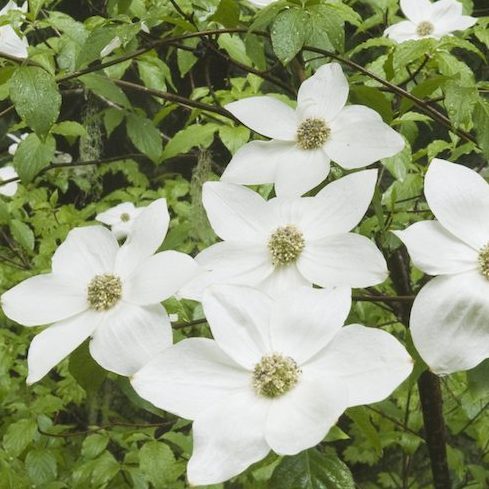
British Columbia: Pacific Dogwood
Native to western North America, the Pacific dogwood is a deciduous tree with special meaning for the province — the tree’s delicate white flowers are the official flower of British Columbia (which also means that it’s illegal to cut down a dogwood tree in the province).
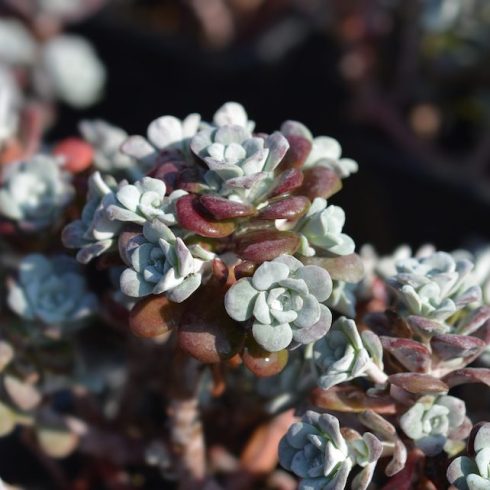
British Columbia: Broad-Leaved Stonecrop
When it comes to that West Coast lifestyle for British Columbia native plants, the broad-leaved stonecrop is a pro, growing only along the coast (from BC down to California). With beautiful sage-green and red leaves, this low-elevation-loving succulent makes a great groundcover for rock gardens and garden borders.
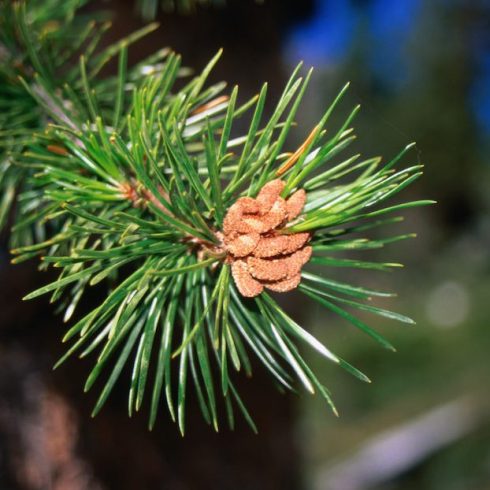
Alberta: Lodgepole Pine
While pine trees may instantly evoke the sights (and scents) of the holiday season, they’re also an iconic part of the landscape of western Canada. An evergreen coniferous tree, the lodgepole pine is abundant in western Alberta — in fact, it’s the official provincial tree of Alberta.
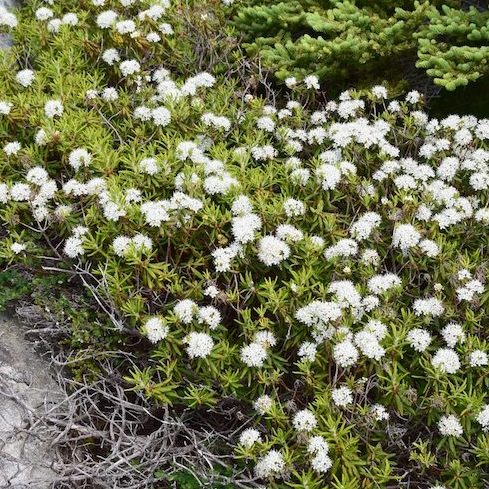
Alberta: Labrador Tea
Blooming with distinctive white flowers in the spring and early summer, Labrador tea is a type of rhododendron shrub that’s common to the forests of Alberta. Thriving in wet, boggy areas, the Labrador tea makes a beautiful ornamental shrub in the right conditions.
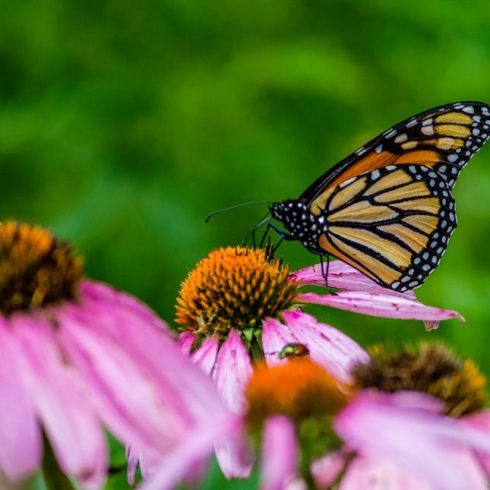
Saskatchewan: Narrow-Leaf Coneflower
A bright addition to Saskatchewan’s native plants, the narrow-leaf coneflower is a type of perennial wildflower featuring distinctive purple petals. This flower is perfect to plant in spring, like many other flowers that bloom in spring — it brings many bene
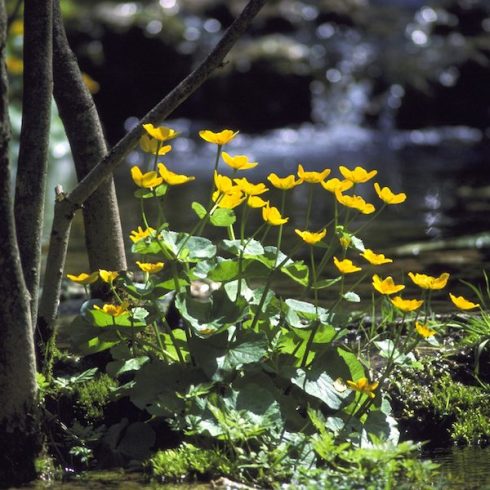
Saskatchewan: Marsh Marigold
Hardly mellow and very yellow, another of Saskatchewan’s beautiful and abundant native plants is the marsh marigold. This perennial herb loves growing in wet places (like, as the name may suggest, marshes) and flowers in spring and early summer.
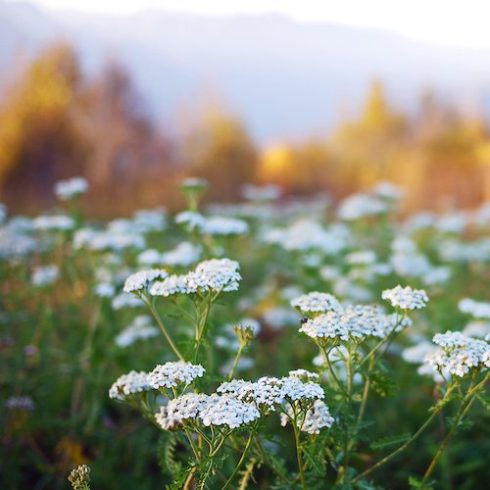
Manitoba: Common Yarrow
Part of the daisy family, common yarrow is a Manitoba native plant that produces dainty white flowers in the summer and fall. Thriving best in open, sunny locations, yarrow is a big draw for pollinators like butterflies and bees.
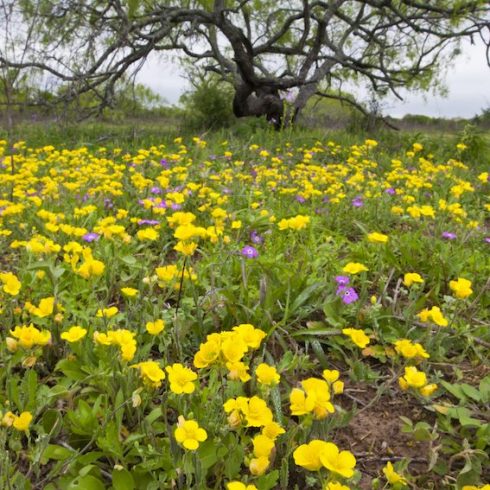
Manitoba: Evening Primrose
Bright, yellow and biennial, evening primrose is a native plant that grows in sandy, gravelly areas. Most parts of the evening primrose plants are edible and it’s sometimes used for food or treatment purposes.

Ontario: Pawpaw Tree
Only found in Southwestern Ontario’s Carolinian Forest region, the pawpaw is an unusual, special tree in many ways. Pollinated by beetles (not bees), the pawpaw tree offers an uncommon (but edible) fruit that has a custard-like, mango-like, banana-like flavour.
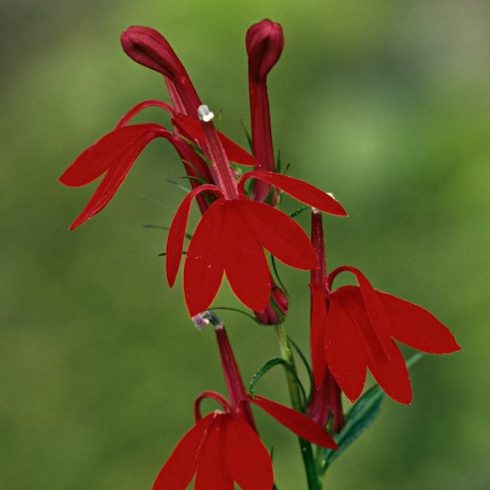
Ontario: Cardinal Flower
If the province’s hummingbirds could vote on their favourite Ontario native plant, it would likely be the cardinal flower. Showcasing stunning, scarlet-hued flowers, the cardinal is a summer-blooming wildflower that loves moist-to-wet soils.

Quebec: Hairy Beard-Tongue
A perennial native to Quebec, the hairy beard-tongue is a pollinator-friendly plant that produces distinctive purple flowers in the spring and red foliage in autumn.
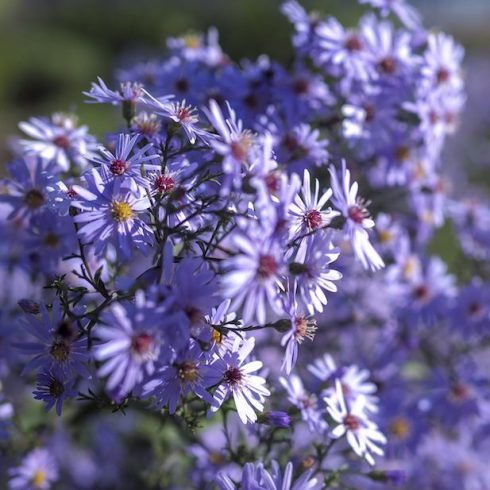
Quebec: Heart-Leaved Aster
Especially abundant in the southeastern part of the province, the heart-leaved aster is a Quebec native plant that’s rich with colour with purple-blue flowers. Preferring shady situations, the heart-leaved aster is a great pollinator.
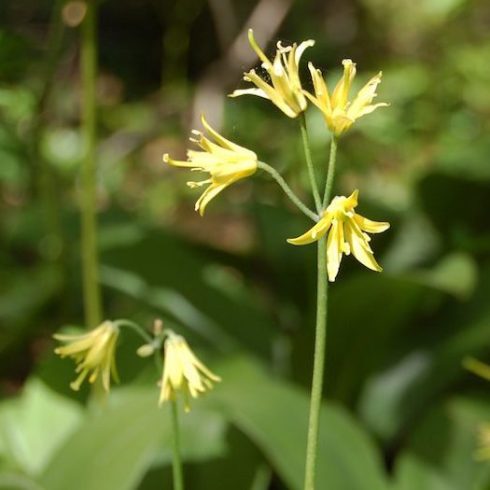
New Brunswick: Blue-Bead Lily
More than just a pretty flower (though, they do produce lovely lilies), the blue-bead lily is a New Brunswick native plant that supports wildlife — making a habitat for the ground-nesting ovenbird.
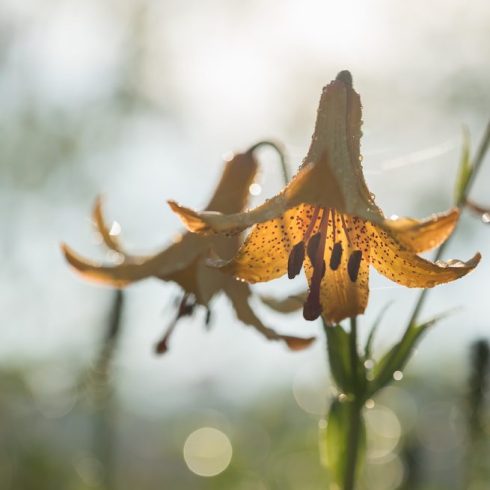
Nova Scotia: Canada Lily
Patriotic by name, the Canada lily, or meadow lily, is a native plant to eastern Canada and Nova Scotia. The lily’s flowers — which are edible — feature a distinctive nodding downward look and speckled petals.
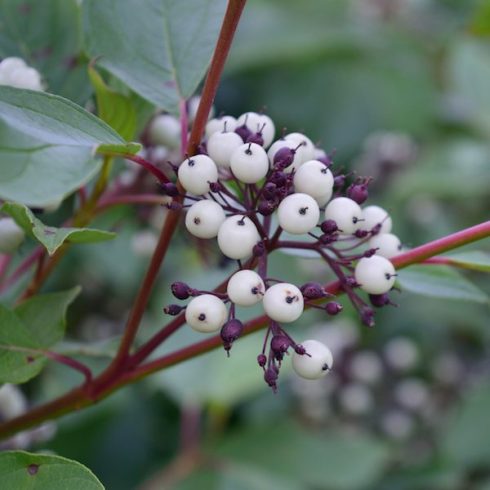
Prince Edward Island: Red Osier Dogwood
Generally growing between three and six feet in height, the red osier dogwood is a deciduous shrub with distinctive red branches and twigs. The Prince Edward Island native plant’s berries are eaten by a variety of birds, while their flowers are a source of pollen for honey bees.
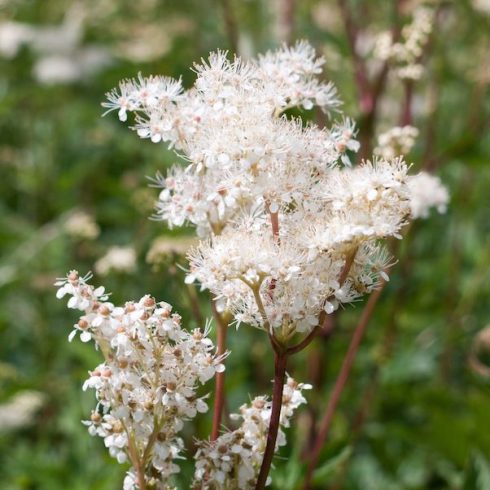
Newfoundland: White Meadowsweet
Attracting many birds and butterflies with its accessible pollen, white meadowsweet is a Newfoundland native plant that presents pretty little white flowers through the summer. Perfect for a naturalistic garden, this shrub grows best in sunny-but-wet locations.
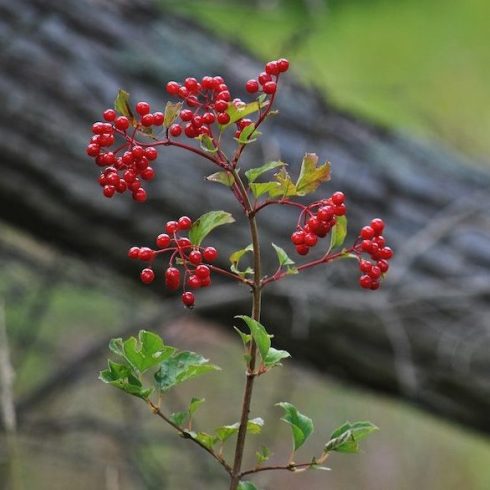
Newfoundland: Highbush Cranberry
A berry Canadian plant, the highbush cranberry is a deciduous shrub that’s native to Newfoundland and many other Canadian provinces. Thriving in wetter environments, this plant does best in gardens with moist, well-drained soil in sunny or partially shaded areas. The shrub features white flowers and red (edible) fruit.
Home Network your inbox.
By clicking "SIGN UP” you agree to receive emails from Home Network and accept Corus' Terms of Use and Corus' Privacy Policy.




